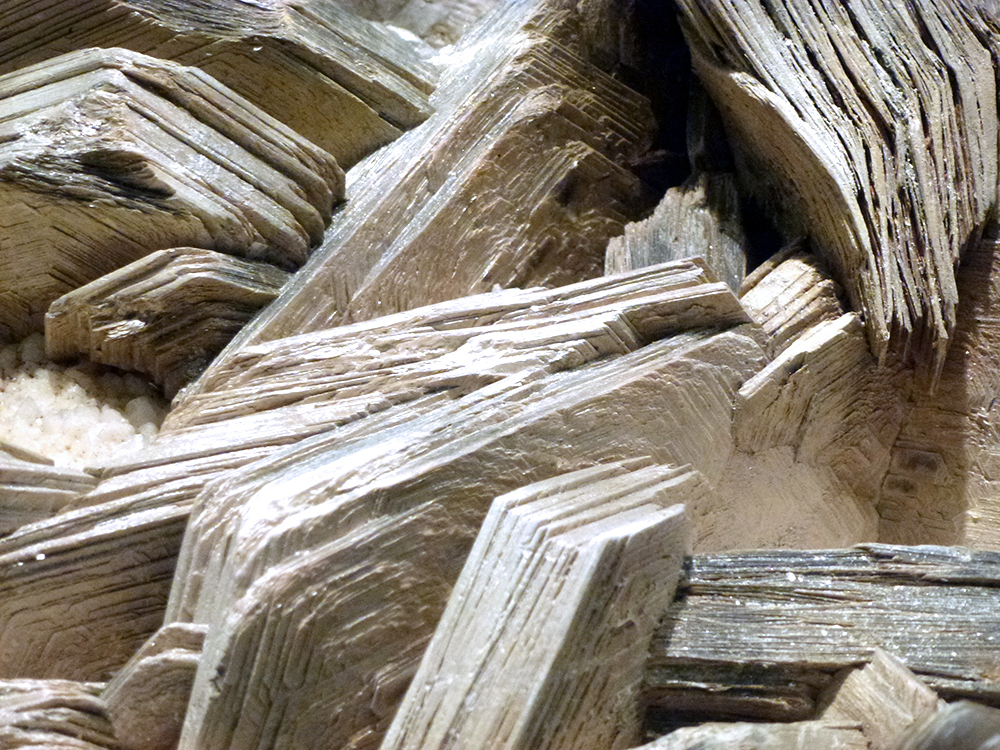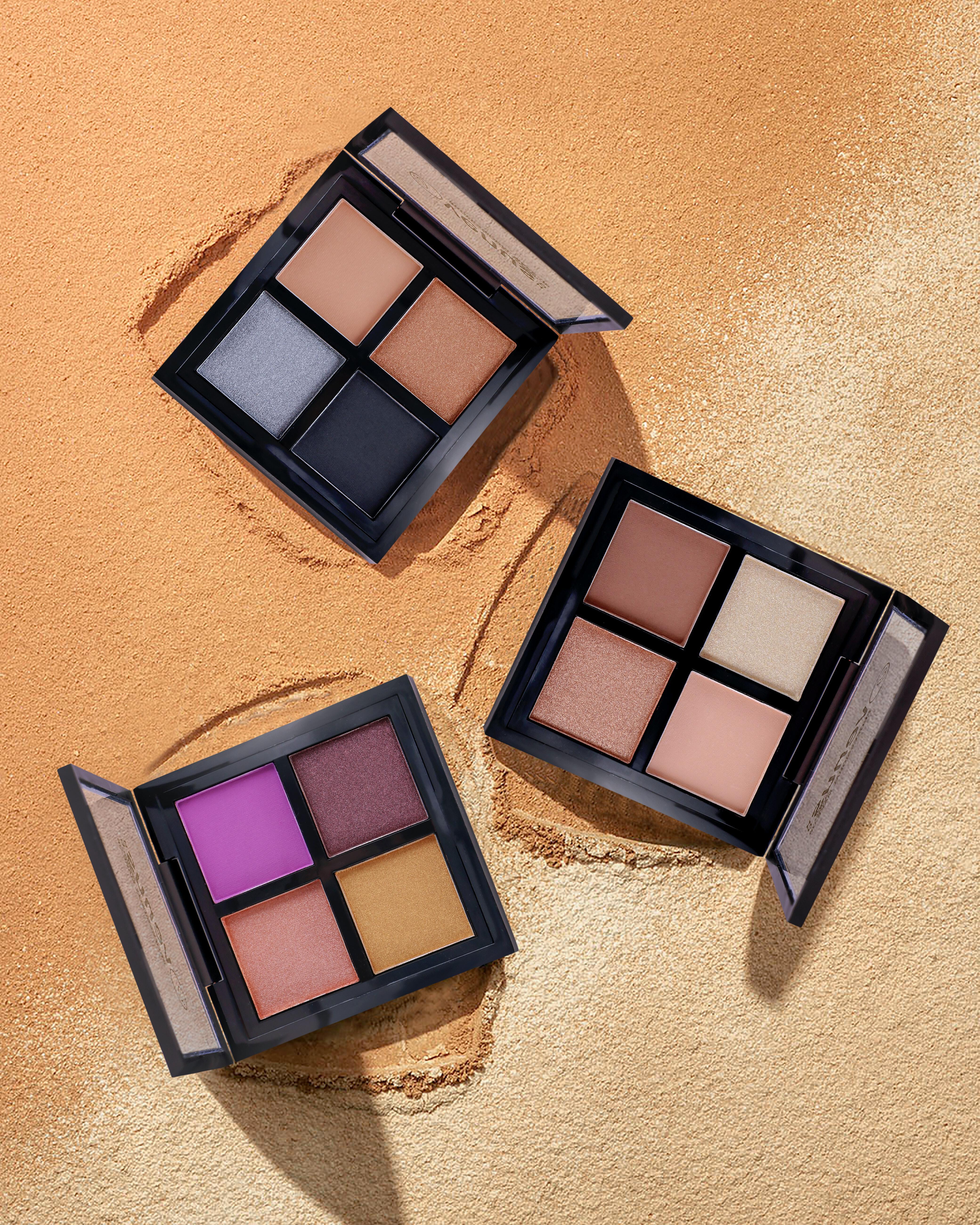
9 November 2025
Our favourite care and hygiene products from Belgium
- COSH! Member Publicity
- Lifestyle
To give your make-up, eyeshadow, lip gloss or lipstick a glossy effect, several cosmetic brands use ‘mica’ in their beauty products.
‘Mica’ is a collective term for a group of minerals that give your make-up product a pearly sheen. The silky structure feels pleasant and light on the skin. So it is a popular product with cosmetic brands. However, this popular ingredient has a downside. There is a lot of controversy surrounding the extraction of this natural mineral.

The global mica industry is worth half a billion dollars, with India as the largest exporter. One World reported on the problems of mica mines in India back in 2016. Jharkhand, in eastern India, is the region richest in mica and natural minerals, but also one of the poorest regions in the country. It is estimated that an average of 10,000 to 20,000 children worked in the mica mines in 2016. Because the mines are largely illegal, there is no oversight of child labor or the safety of these mines. The fine dust released during mining causes skin problems and lung diseases for the young workers. Miners earn only 50 cents a day with the whole family working. In the documentary Shady, beauty journalist Lexy Lebsack went on a search for the mica mines in India. She too reports on the many illegal mines and child labor. It is estimated 10 to 20 children die every month in this region.
‘I come to work every day and select the mica manually. If I don’t come, how can we provide food? But I am also scared, scared by death’ – Pooja Bhurla (11 years old and working in the mine since she was 8 years old)
Also in Madagascar, one of the largest global exporters of mica, there is also little attention to mine safety and labour regulations. The Dutch child protection group Terre des Hommes testified in Madagascar about dozens of children working in unsafe conditions to mine mica for Western consumer products. Harrowing conditions, which unfortunately are still happening today.

Several major makeup brands have joined the Responsible Mica Initiative (RMI) to address malpractice in extraction. RMI made it their goal to make all mica production safe by 2022. Several major multinationals including Estée Lauder, Chanel, Clarins and Shiseido have indicated their commitment to contribute to sustainable mica production. However, the RMI does not use independent evaluation nor audits to ensure ethical working conditions. Transparency around mica production is therefore still very limited.
Once mica leaves the mine, it ends up in the hands of middlemen. Journalist Lexy Lebsack followed the path of mica from the mines and found that the origin of mica – and thus child labor – is masked by awarding the mica a certificate from a safe mine in another part of the country. So mica that is cerfertified as safe can still come from child labor. A certificate does not give you a guarantee today.
Several cosmetic brands use synthetic mica instead of natural mica to give their products a shine. But this is not a miracle solution. Synthetic mica is made from fossil fuels, which also has a large environmental cost. Mica is present in almost all of our utensils: electronics, paint, …
‘Synthetic mica is not the solution, safe working conditions and a fair wage are’ emphasizes Aysel Sabahoglu, child rights expert at Terre des Hommes. To send Pooja Bhurla to school, her parents need only 56 cents per kilogram of mica. This small amount could change the life of the entire family and give a hopeful future to the children in the region. A price that is not being paid today.
Because of poor working conditions in the mines and little transparency, avoid makeup products that contain mica: eye shadow, lipstick, lip gloss or bronzer. Do not be fooled by the natural and green character of a brand. Several cosmetic brands that only work with natural products also use mica. Check the ingredients list carefully and ask for advice from your local retailer!

9 November 2025

6 November 2025

20 October 2025